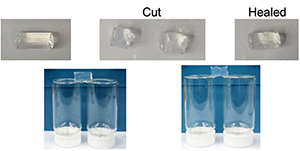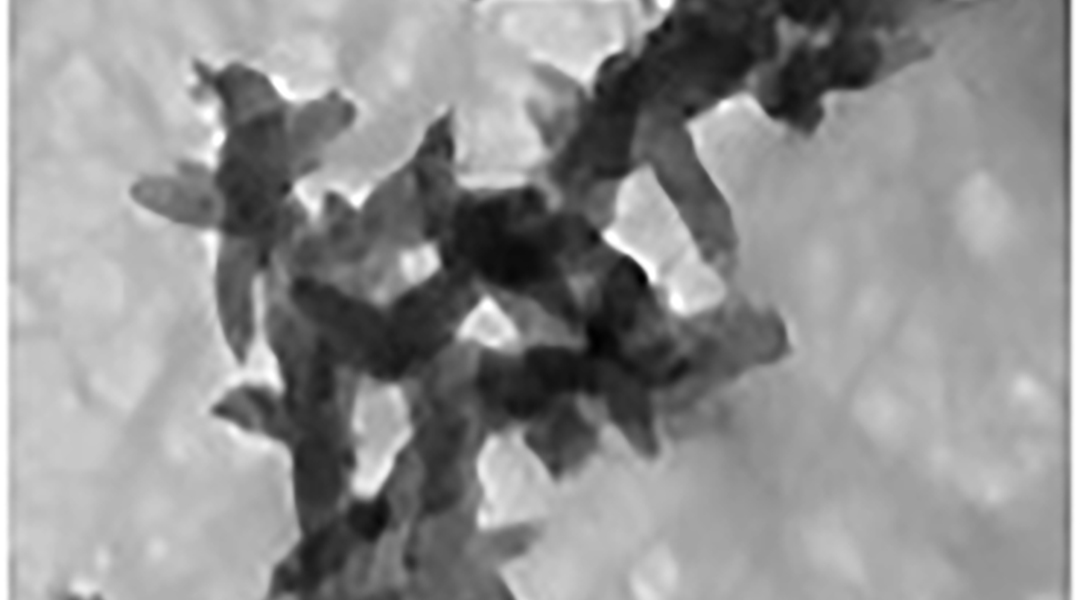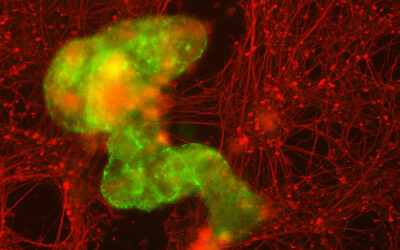Nanostructured, peptide-polymer composite hydrogel facilitates cell adhesion and transmission of electrical signals
Researchers design a biomaterial endowed with a range of properties that together promote the development of cardiac tissue. Peptide-based hydrogels are usually unsuitable for long-term culture due to their instability, especially when components need to be added to confer other attributes sought for tissue engineering.
A Tel Aviv University research team led by Professor Ehud Gazit published in Advanced Materials that their new, self-assembled composite hydrogel exhibits characteristics that facilitate the development and functional organization of electrically coupled cells.
They designed a hydrogel made of short peptides containing an amino acid sequence — arginine-glycine-aspartic acid — to facilitate cell adhesion. To overcome the mechanical instability hampering peptide-based gels, the researchers added two hydrophobic protecting groups to the lysine at the start of the peptide, which confer self-healing properties to the hydrogel.

“The self-healing property helps in enduring the mechanical load arising from the contraction of the heart, which is necessary during application of a cardiac patch in a damaged portion of the heart,” said lead author, Dr. Priyadarshi Chakraborty.
“Peptide-based hydrogel supramolecular biomaterials possess immense potential for mimicking the extracellular matrix owing to their fibrous nature, and the ability to introduce bioactive ligands and enzyme-cleavable sequences by simple physical mixing,” he added.
A conducting polymer, polyaniline, was incorporated to form the final nanoarchitecture of the hydrogel, further fortifying it, conferring conductivity to the biomaterial, and inhibiting the growth of bacteria.
The resultant peptide-polymer composite is a mechanically stable scaffold that enables the attachment and growth of cardiac tissues in which electrical signals can be transmitted between adjacent cells.
Chakraborty believes that this composite hydrogel is superior to other biomaterials for cardiac tissue engineering because of the multitude of properties presented in one scaffold material.
“Our approach involves combining attributes including cell adhesion, antimicrobial activity, conductivity and self-healing properties that are essential for cardiac tissue engineering, in a single supramolecular biomaterial,” he said.
A biocompatible scaffold that supports living, beating heart tissue could facilitate investigations into cardiac function, cardiac diseases, and testing of new drugs.
Reference: Priyadarshi Chakraborty, et al., Nanoengineered Peptide-Based Antimicrobial Conductive Supramolecular Biomaterial for Cardiac Tissue Engineering, Advanced Materials (2021). DOI: 10.1002/adma.202008715.

















